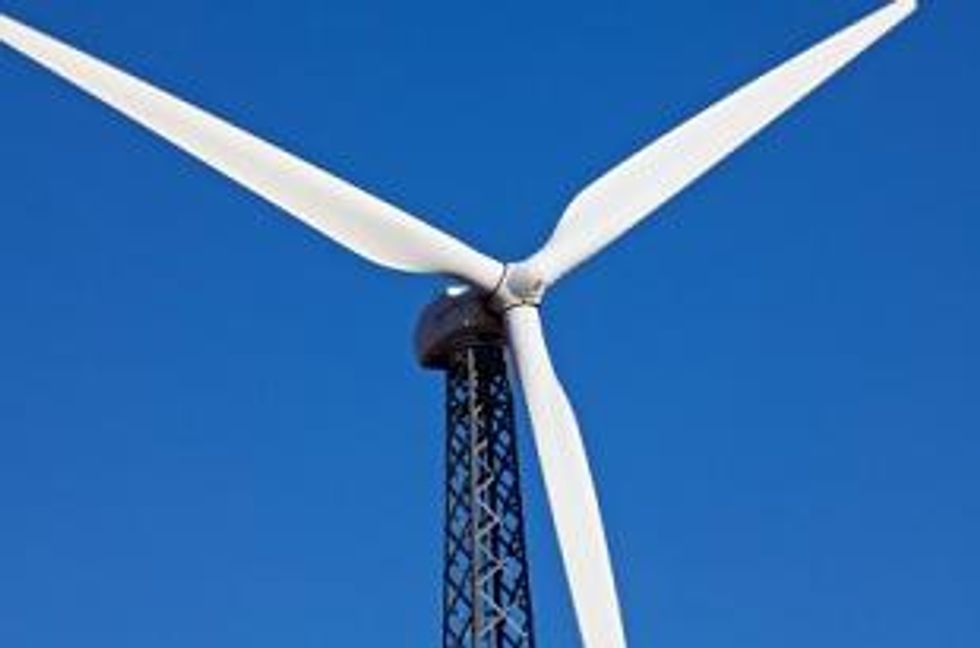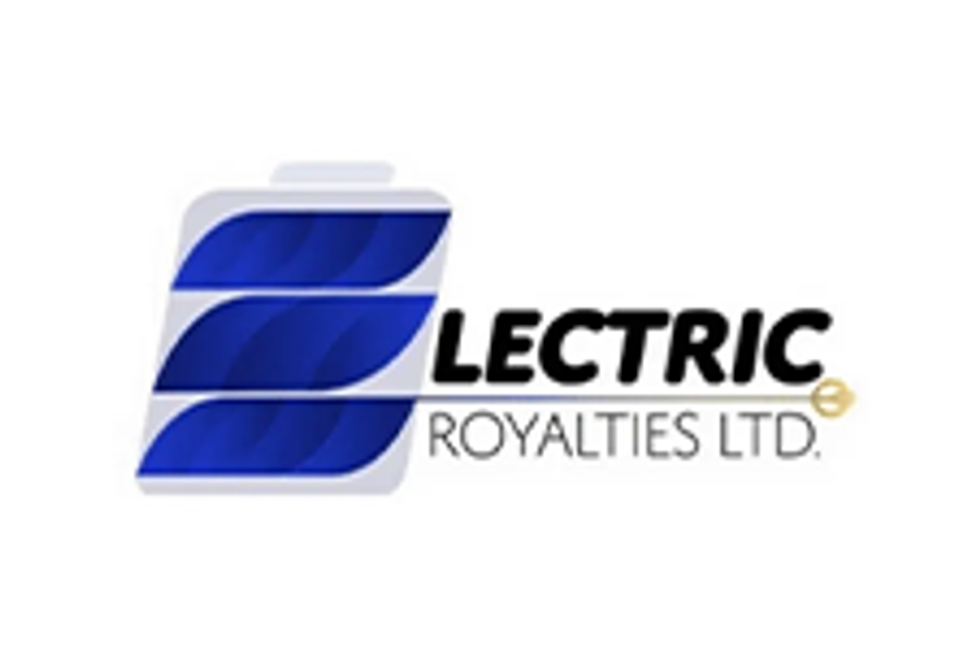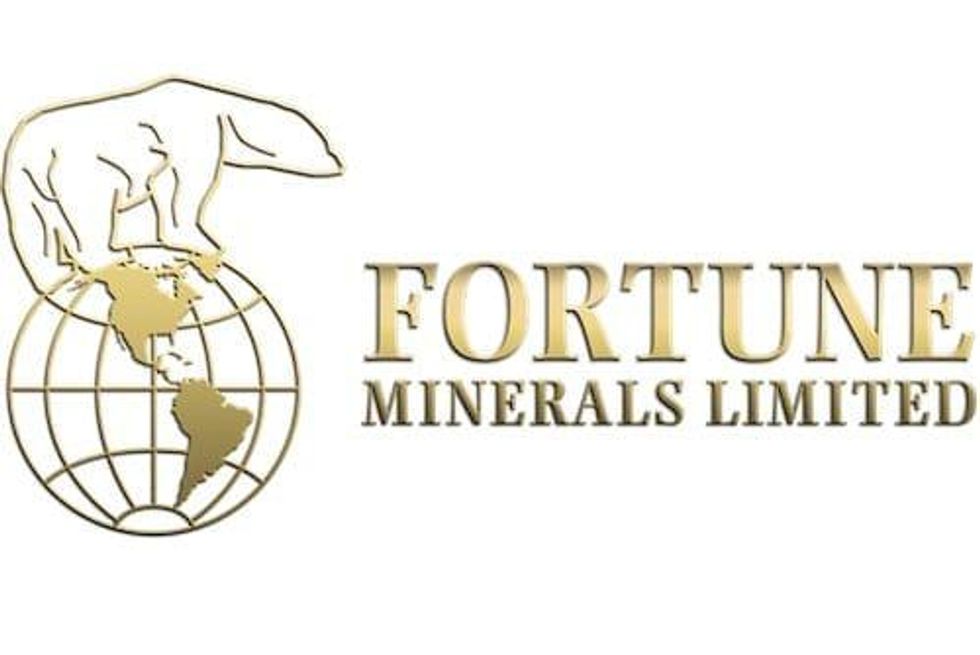As eco-friendliness becomes more mainstream, interest in green investing is also growing, and cobalt may be the ideal entry or expansion point for investors looking to make a move in that direction.
By Michelle Smith – Exclusive to Cobalt Investing News
When compared to other metals such as copper or gold, cobalt is far below the investment radar, but this may change. In February 2010, the cobalt began trading on the London Metals Exchange (LME). Furthermore, consumers are becoming more environmentally conscious and governments are reinforcing these concerns with stricter regulations. As a result, there is growing awareness of how products are made and what they are made with. Cobalt is an important element in our daily lives and it is also one whose star power is likely to emerge with the green movement.Reducing the use of fossil fuels and reducing the effects of using these materials are major environmental concerns. Now, take three of the common solutions for these problems—hybrid electric vehicles (HEVs), solar energy, and wind energy. The thing that all of these developing technologies have in common is that each involves the use of cobalt.
Batteries currently account for the largest portion of consumed cobalt and are also a primary focus of the role the metal will play in the green movement.
Nickel metal hydride batteries have been used to power most HEVs and these batteries require between 3 to 5 pounds of the metal. However, it is believed that the industry will shift to using lithium-ion batteries, which will contain up to 7 pounds of cobalt. Demand for electric cars is expected to continually increase at least for the next decade. According to a J.D. Power’s forecast, by 2013 over 100 HEV and PHEV (plug-in hybrid electric vehicle) models will be offered in the US and by 2015 global HEV sales will reach 2.7 million units.
Cobalt is also used in the production of solar panels and for the blades and magnets of wind turbines.
Anyone who underestimates the importance of cobalt should take a look at governments’ attitudes toward the metal. China, for example, is a major processor of cobalt. The Chinese have reportedly been keeping more of the metal at home. Coincidentally, there are also notable amounts of money being poured into solar technology in that nation.
In a recent interview about green energy and cobalt, Gordon Monk, founder and principal of a boutique merchant/investment bank, Performance Capital Advisors, outlined China’s strategy. “China goes in and talks on a government-to-government basis,” he said. “They deal in straight cash and don’t mind operating in high risk areas, and they want offtake agreements from early stage development projects in exchange for cash and infrastructure.”
The US is not sleeping on the fundamental role of cobalt either. The Department of Energy is encouraging domestic mining of the metal to help ensure that the nation has access to the supplies that they need in their pursuit for clean energy. And, there are currently a number of mining and production projects underway.
The path from fossil fuels to cleaner, greener energy is one that will require cobalt, at least in the foreseeable future. There are those who question the longevity of the green movement. If clean energy were not heavily subsidized, if environmental issues carried less political weight, and if interest wanes in the marketplace, what will become of clean energy efforts and thus investments in them?
Investors pondering these questions should note that cobalt is already used in a wide range of applications including national defense, aviation, medicine and consumer electronics. Investing in this metal may be means of getting exposure to the green movement, but it is not an absolute gamble on its success.


